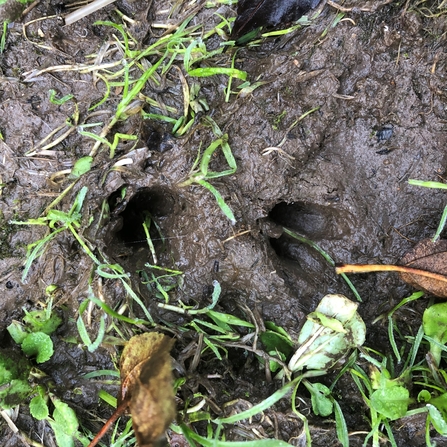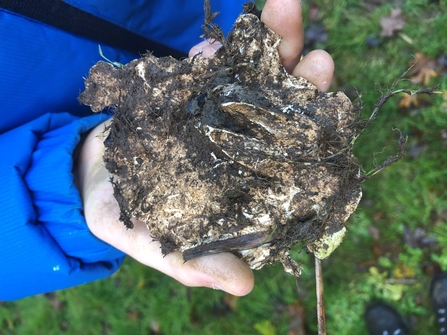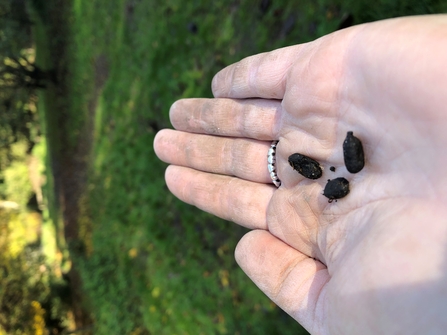Muntjac deer, which are also known as barking deer due to the sound of the calls they make, are a small species of deer that can be found living happily in urban as well as rural settings. With the male buck only slightly bigger and heavier than the female doe, they can be sexed from each other by the presence or absence of antlers as males have small antlers that sit on a base like feature called a pedicle. The male will shed these antlers yearly growing himself a new set each year around May time.
Unlike other species of deer in the UK, Muntjac deer do not have a rutting season and they breed throughout the year producing one offspring at a time. They also prefer to live in solitude or very small family groups such as a female with her kid or a male and female pair. Males are territorial and whilst they can have several females in their territories, they will tolerate males less so. The males will scent and mark trees by rubbing their glands found on their foreheads on trees.
Muntjacs are vocal and will bark to communicate with each other and they are known to scream when frightened. The doe and kid will also communicate via a serious of squeaks.
Although they are active throughout the day and evening they are mostly active during dawn and dusk and they do have long periods of rest hunkering down usually after they have eaten.




